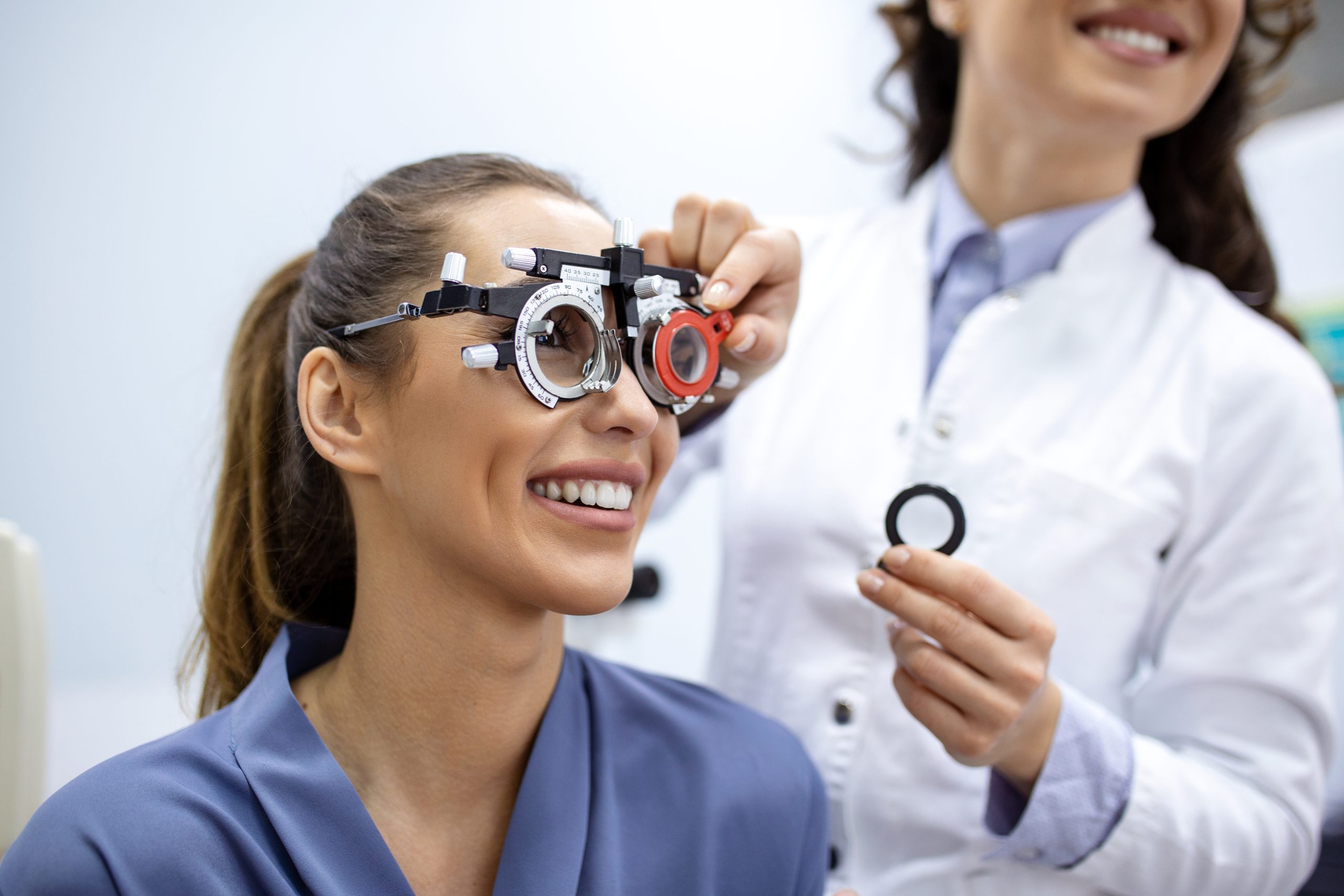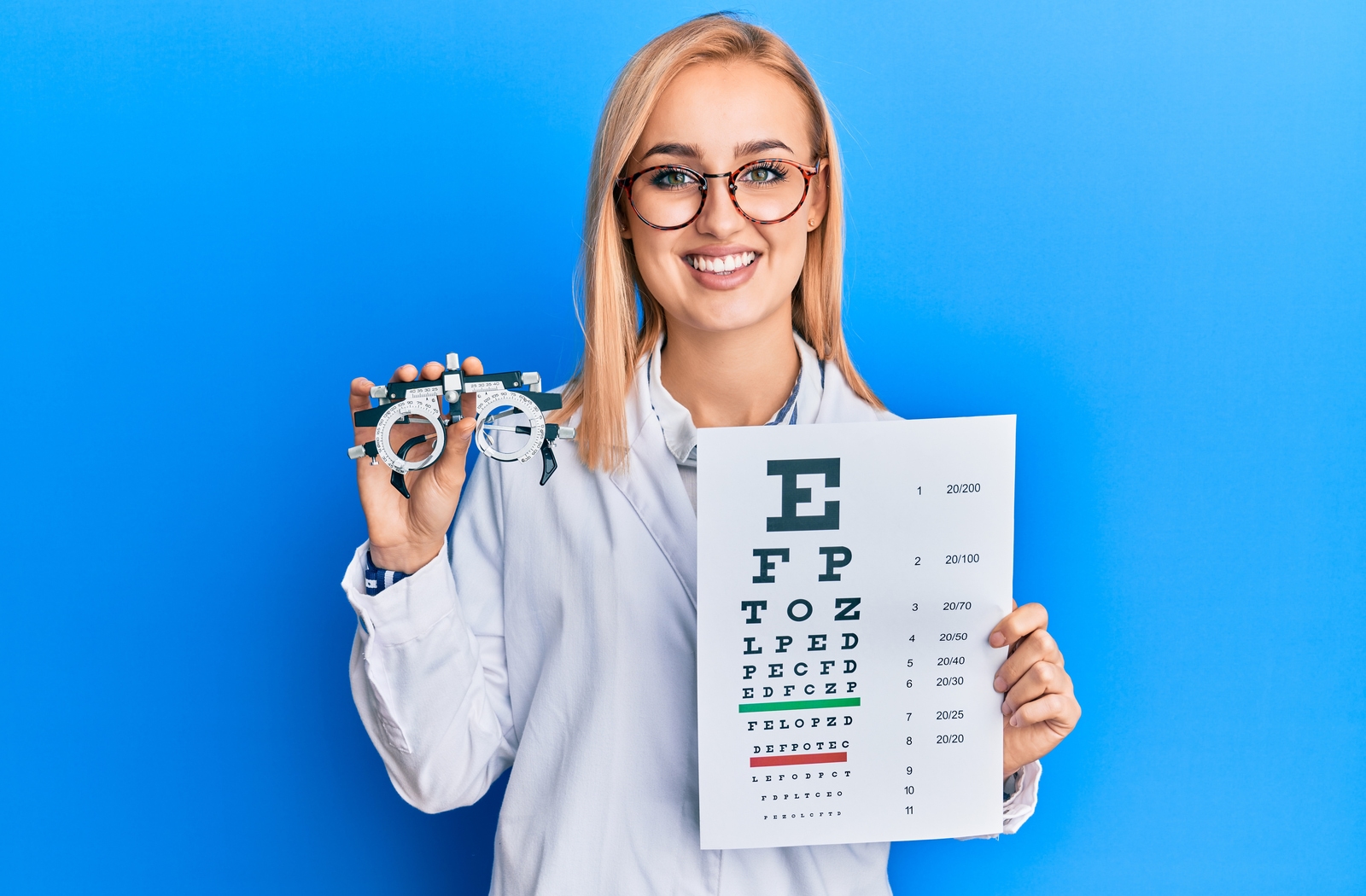Check Out the Best Optometrist Chino for Comprehensive Eye Care
Discovering the most up to date Technical Developments in Optometry and What They Mean for Eye Doctors
In the ever-evolving area of optometry, current technical improvements are reshaping how experts approach eye care. From the accuracy of Optical Coherence Tomography to the nuanced understandings supplied by AI-driven analysis devices, these advancements are establishing brand-new requirements in person assessment and therapy. Teleoptometry is poised to redefine ease of access, making certain that expertise transcends geographical constraints. As these improvements penetrate the method, eye doctors are encountered with the difficulty of welcoming these tools to improve person outcomes. The question continues to be: exactly how will these technical changes redefine the duties and duties within the occupation?
Innovations in Diagnostic Equipment
Advancing the field of optometry, innovations in diagnostic tools have actually reinvented the means eye care professionals examine and detect aesthetic problems and ocular problems. The previous decade has actually observed significant technical advancements, enabling even more accurate and comprehensive evaluations. Optical Coherence Tomography (OCT), as an example, provides high-resolution cross-sectional pictures of the retina, enabling the very early discovery of illness such as glaucoma and age-related macular deterioration. This non-invasive imaging method has ended up being indispensable in contemporary optometric practice.
Another trick innovation is the introduction of advanced corneal topography systems, which map the surface curvature of the cornea with accuracy. These tools are specifically useful for fitting call lenses and identifying corneal problems. Additionally, digital retinal imaging has actually transformed standard ophthalmoscopy, providing in-depth, panoramic views of the retina that help with complete visual examinations.
The advancement of wavefront aberrometry has likewise been crucial, enabling the evaluation of refractive mistakes with unmatched precision (Eye Doctor). This innovation aids in tailoring corrective lenses and improving medical outcomes for refractive surgeries. Jointly, these analysis developments encourage optometrists to supply premium person care, making certain very early intervention and customized treatment strategies, ultimately improving aesthetic health outcomes
AI in Individual Monitoring
Building on the structure of advanced analysis devices, the consolidation of synthetic intelligence (AI) in patient monitoring stands for a transformative jump for optometry. AI systems are progressively employed to improve effectiveness, accuracy, and customization in individual care.
Moreover, AI-driven systems assist in streamlined person interactions and administrative processes. Automated scheduling, virtual assessments, and customized follow-up plans not only improve person satisfaction however likewise maximize time administration for professionals. These systems can triage clients based on the seriousness of their conditions, making sure that those in critical need obtain punctual attention.
Additionally, AI improves decision-making by providing eye doctors with evidence-based referrals and treatment paths. By incorporating data from digital health and wellness documents, AI devices offer insights that educate scientific decisions, reducing the danger of errors and boosting person results. As AI remains to develop, its function in person administration will likely broaden, reshaping the landscape of optometric care.
Advances in Retinal Imaging
In the world of optometry, retinal imaging has witnessed impressive technological improvements that are boosting diagnostic abilities and individual care. Technologies such as Optical Coherence Tomography (OCT) and fundus photography have changed just how optometrists assess the retina and site web picture. OCT, particularly, gives high-resolution, cross-sectional photos of the retina, enabling the comprehensive examination of its layers. This capacity is invaluable for early detection and management of conditions like glaucoma, diabetic retinopathy, and age-related macular degeneration.
Enhanced imaging modalities like OCT angiography are further refining diagnostic precision. This non-invasive method maps blood circulation in the retina, using essential understandings right into vascular health and wellness without the demand for dye shots. In addition, try this out adaptive optics technology is being incorporated into retinal imaging systems to remedy eye aberrations, delivering unprecedented photo clarity. Such improvements help with the identification of min retinal changes that could symbolize disease development.
Furthermore, innovations in artificial knowledge are enhancing retinal imaging by enabling computerized evaluation of large datasets. These systems assist eye doctors in recognizing patterns indicative of pathology, thereby improving analysis precision and performance. Collectively, these advancements are transforming retinal imaging into a foundation of contemporary eye care, improving end results and broadening restorative opportunities.
Teleoptometry's Expanding Duty
Teleoptometry is progressively coming to be a crucial element of eye treatment, driven by developments in digital interaction and diagnostic devices. This is especially advantageous in country and underserved areas where access to specialized eye treatment is often minimal.
The assimilation of man-made knowledge (AI) further improves teleoptometry, enabling the analysis of visual information and assisting in the discovery of eye conditions such as glaucoma and diabetic person retinopathy. AI-powered formulas can rapidly interpret complicated imaging information, giving eye doctors with important understandings that boost professional decision-making.
In addition, teleoptometry additional reading supports connection of care via seamless integration with digital health records (EHRs), permitting eye doctors to preserve extensive patient backgrounds. When consulting with various professionals., this makes sure that individuals obtain customized and regular treatment even.
Despite these advantages, difficulties continue to be, including ensuring data safety and handling person expectations. Nevertheless, teleoptometry represents a substantial stride in the direction of more easily accessible, reliable, and patient-centered eye treatment. As modern technology progresses, its function is positioned to broaden better.

Future Fads in Eye Care
A myriad of cutting-edge fads is readied to reshape the future of eye care, driven by technological innovations and the progressing requirements of clients. One substantial pattern is the assimilation of expert system (AI) in diagnostics, which guarantees to improve the accuracy and performance of eye exams. AI algorithms can analyze large quantities of information from retinal pictures, possibly detecting problems like diabetic retinopathy and glaucoma earlier than traditional methods.
Furthermore, personalized medicine is getting grip in optometry, with genetic testing notifying personalized therapy plans. This strategy intends to maximize client end results by customizing interventions to individual genetic profiles. Wearable technology, such as wise get in touch with lenses, is additionally coming up, providing real-time surveillance of intraocular pressure or sugar degrees, hence giving continual understandings right into systemic and eye health and wellness.
The fostering of enhanced reality (AR) and virtual fact (VR) in training and client education and learning is one more emerging fad. These innovations use immersive experiences that can enhance understanding and abilities both for individuals and optometrists. As these patterns evolve, eye doctors need to remain abreast of technological developments to supply advanced treatment, making certain enhanced patient outcomes and complete satisfaction in the vibrant landscape of eye treatment.
Verdict

Collectively, these diagnostic advancements equip eye doctors to deliver superior person treatment, guaranteeing very early intervention and tailored therapy techniques, eventually enhancing aesthetic wellness results.

As these innovations proceed to advance, optometrists should adjust and integrate them right into technique, ultimately enhancing operations effectiveness and elevating the criterion of eye treatment delivered to patients.